Save time and cut the mess with these pro tips
Tips for Faster, Neater Painting
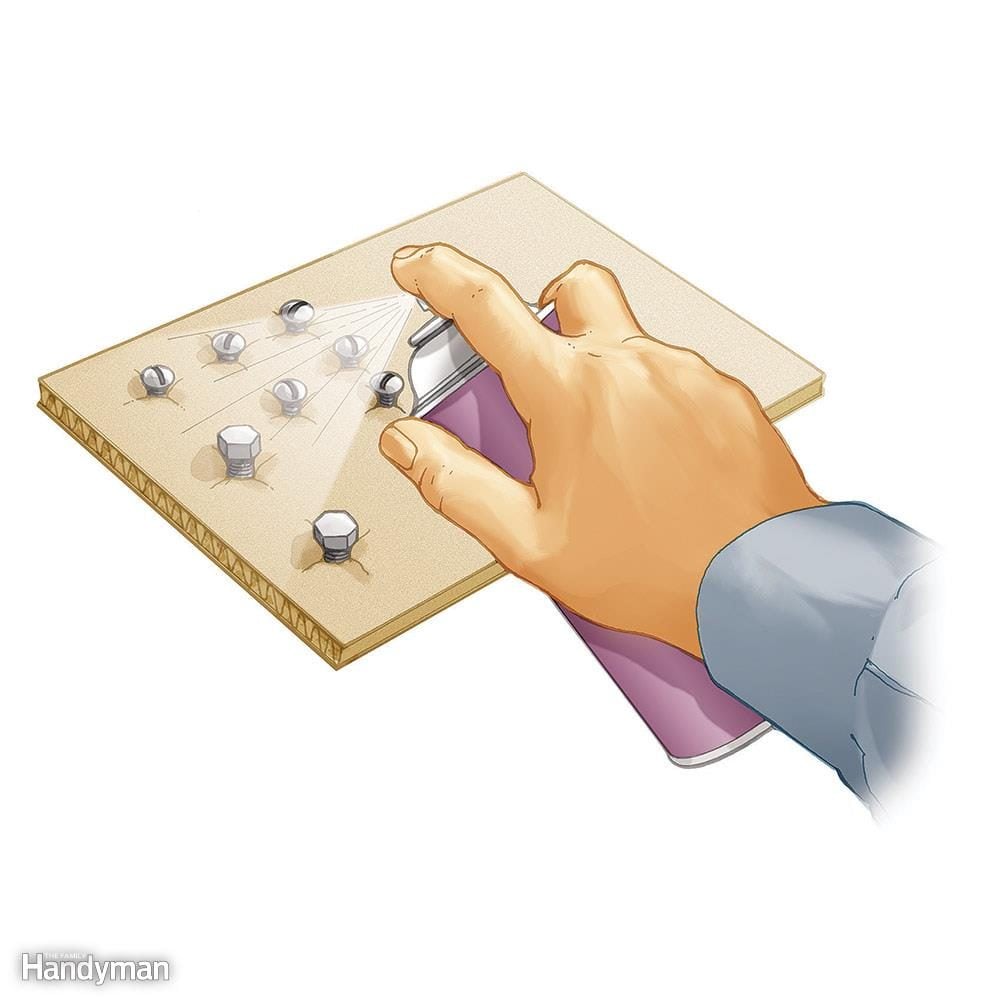
Bolt and Screw Holder
To paint the heads of bolts and screws, cut a small 'X' in a piece of corrugated cardboard and push the bolt or screw through the 'X.' Now you can paint them all at once without touching them.

Cardboard Spray Booth
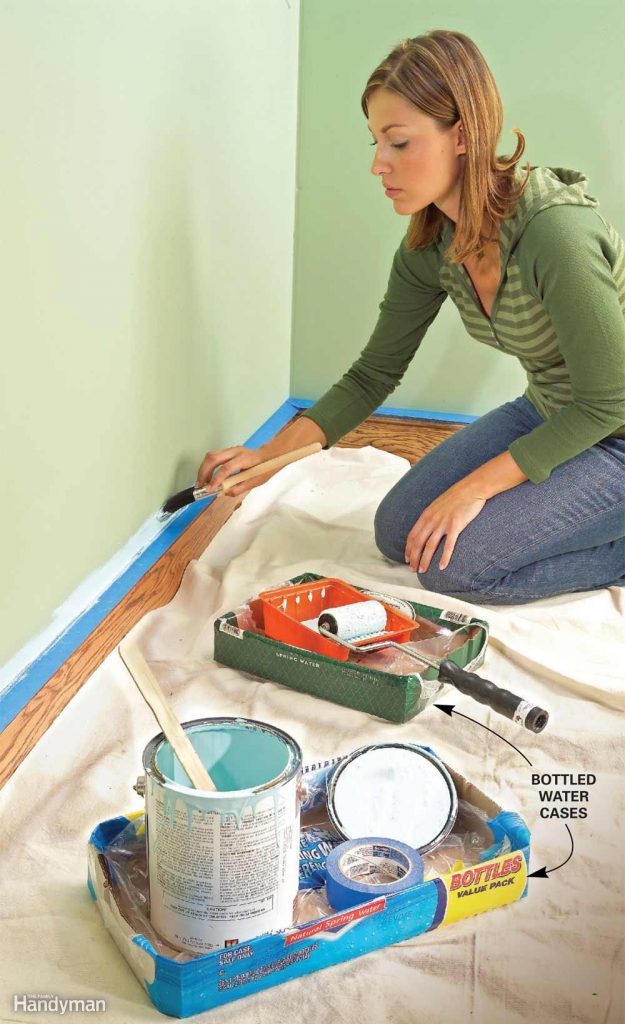
Mess-Proof Painting
The plastic-wrapped case that holds 24 bottles of water is a perfectly sealed tray for your paint cans, brushes and trays. Sloshed or dripped paint won't spill onto a drop cloth and be tracked all over the house. When you're opening the water bottle package, cut the plastic about 5 in. higher than the top of the box and then fold it in.

Feather Out the Paint Where You Can't Keep a Wet Edge
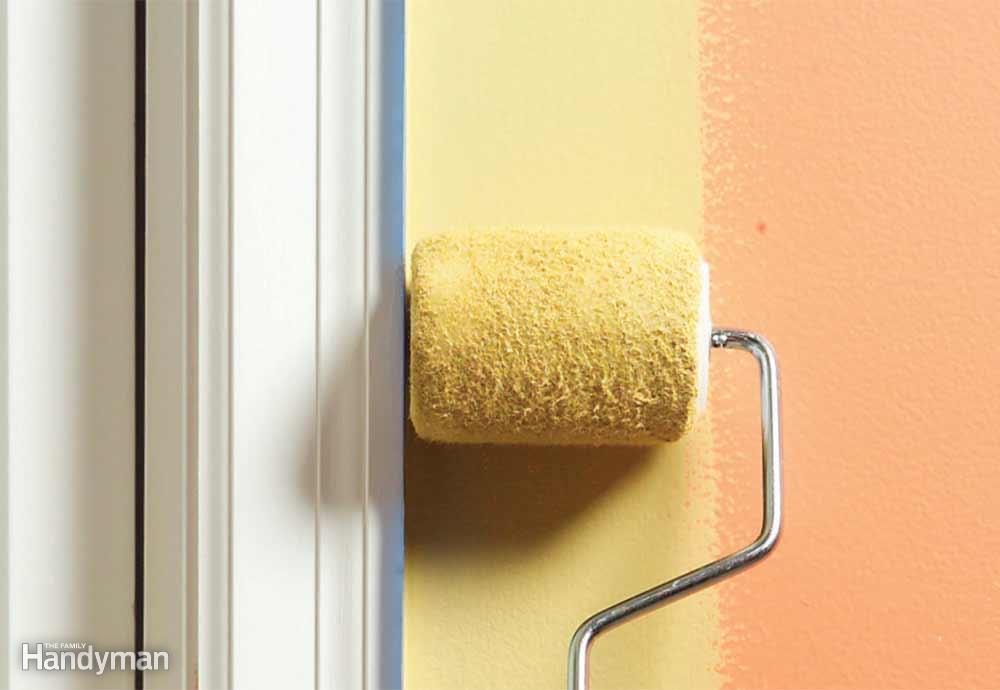
Roll Paint Along Trim and Corners
As you cut in with a brush along trim or corners, roll the paint with a 3-in. roller so the texture will match the rest of the wall.
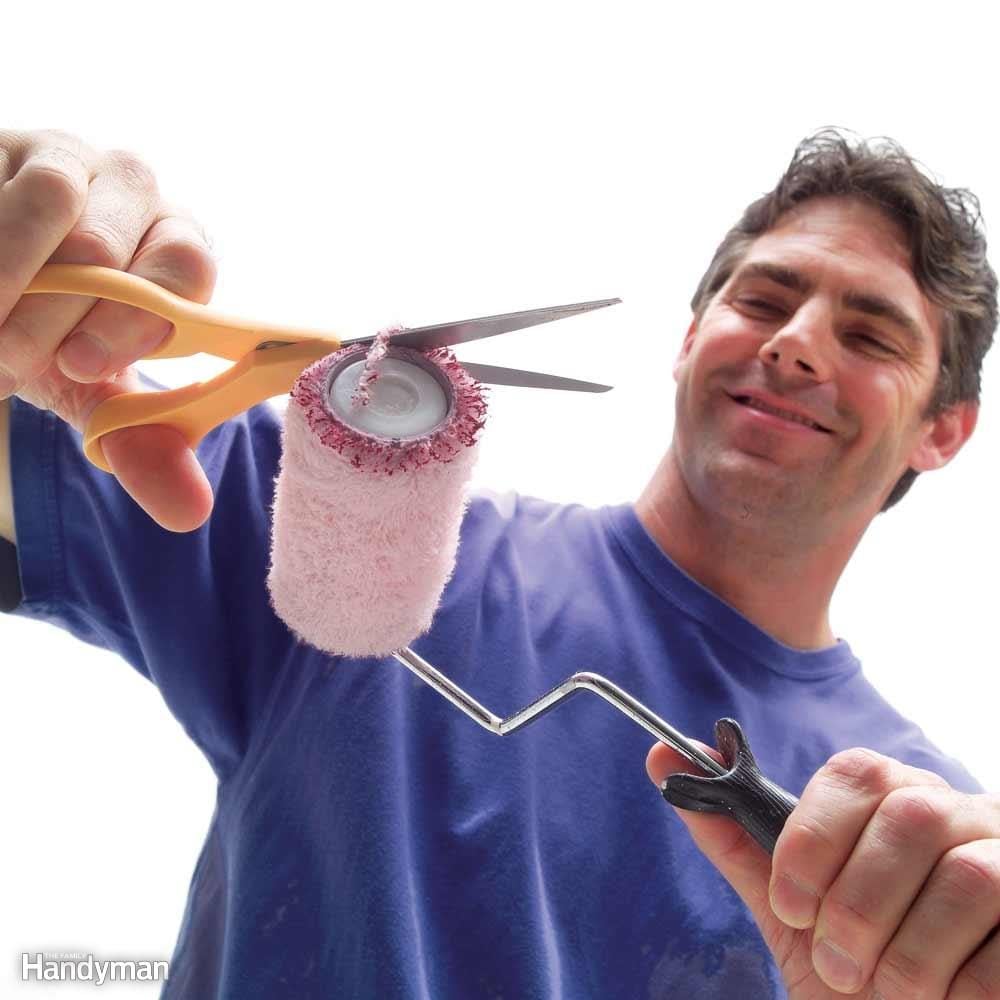
Edge-Trim Your Paint Roller
Those ragged edges and tiny beads of dried paint on your paint roller may seem harmless, but they'll leave ugly tracks in your paint job. Trim them off, leaving a slightly tapered edge, and your roller will be as good as new.
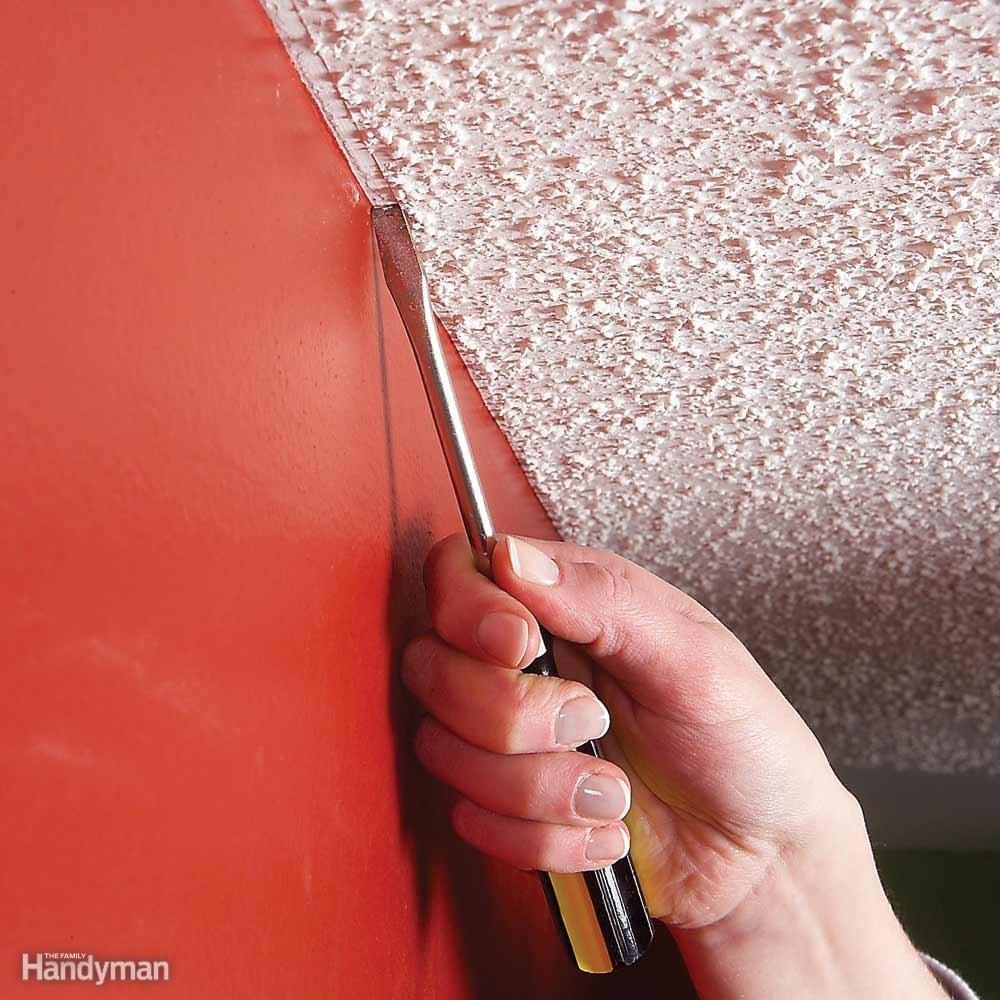
Scrape Away Ceiling Texture for a Neater Paint Job
A neat, straight paint line at the top of a wall is tough to achieve next to a bumpy ceiling. So before you paint, drag a narrow flat-head screwdriver lightly along the ceiling. You'll get a clean paint line and no one will ever notice that the bumps are missing.
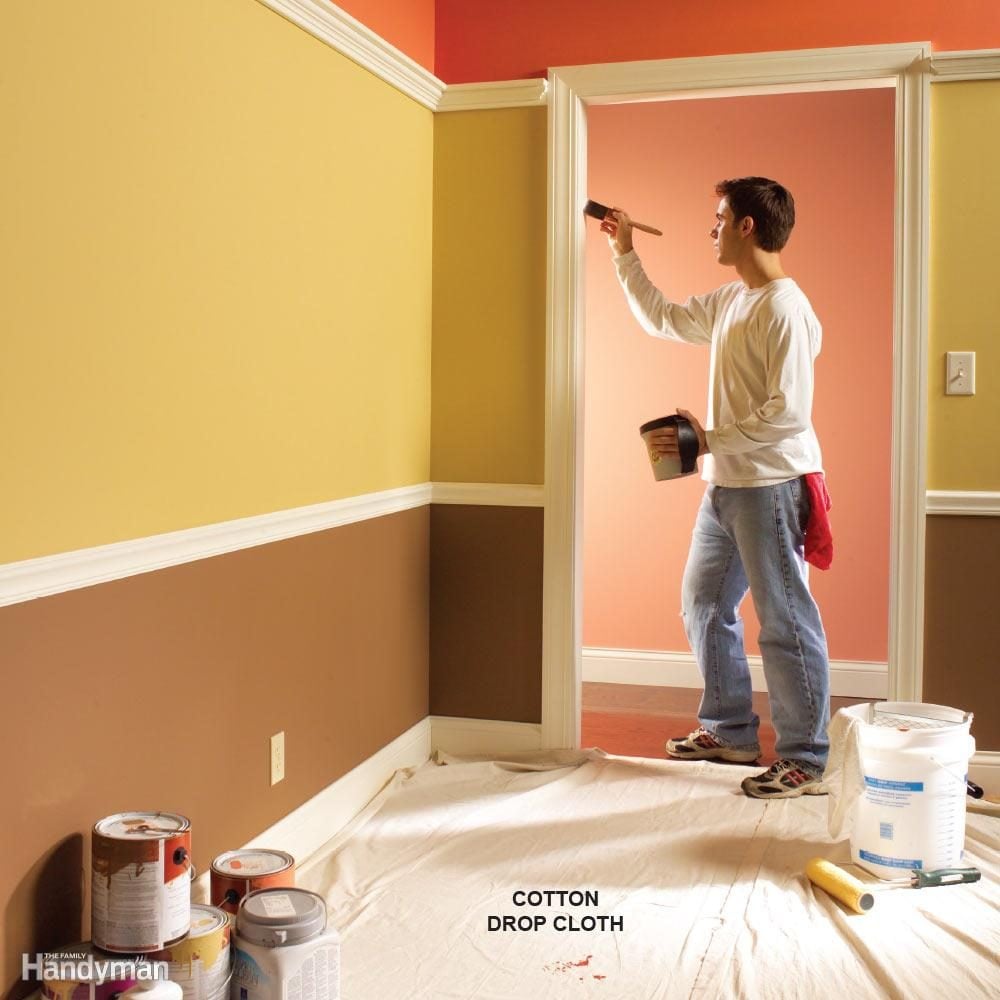
Use Cotton Drop Cloths Rather Than Plastic
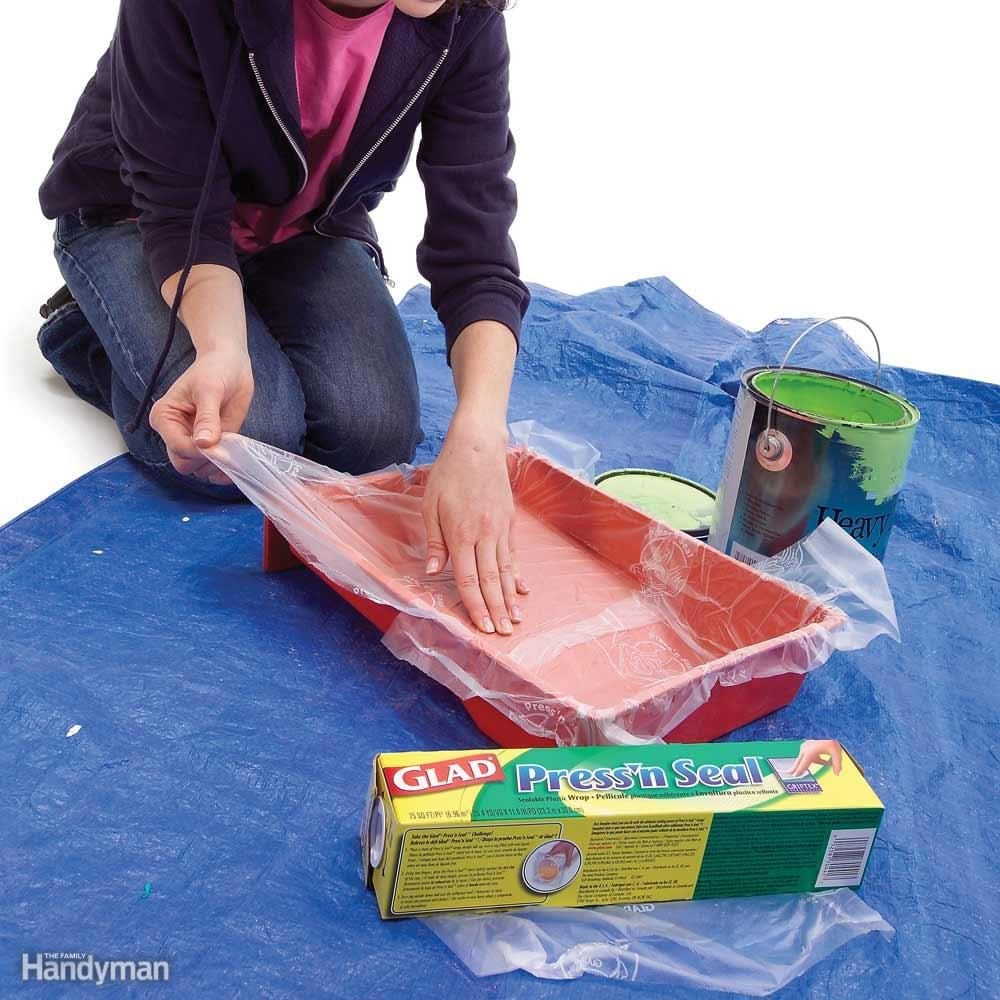
Paint Tray Liner
Glad Press'n Seal plastic wrap is meant to seal food containers. But it also makes a great paint tray liner. When you're done painting, just peel the sticky plastic off the tray and throw it away— no paint-caked tray to clean up.
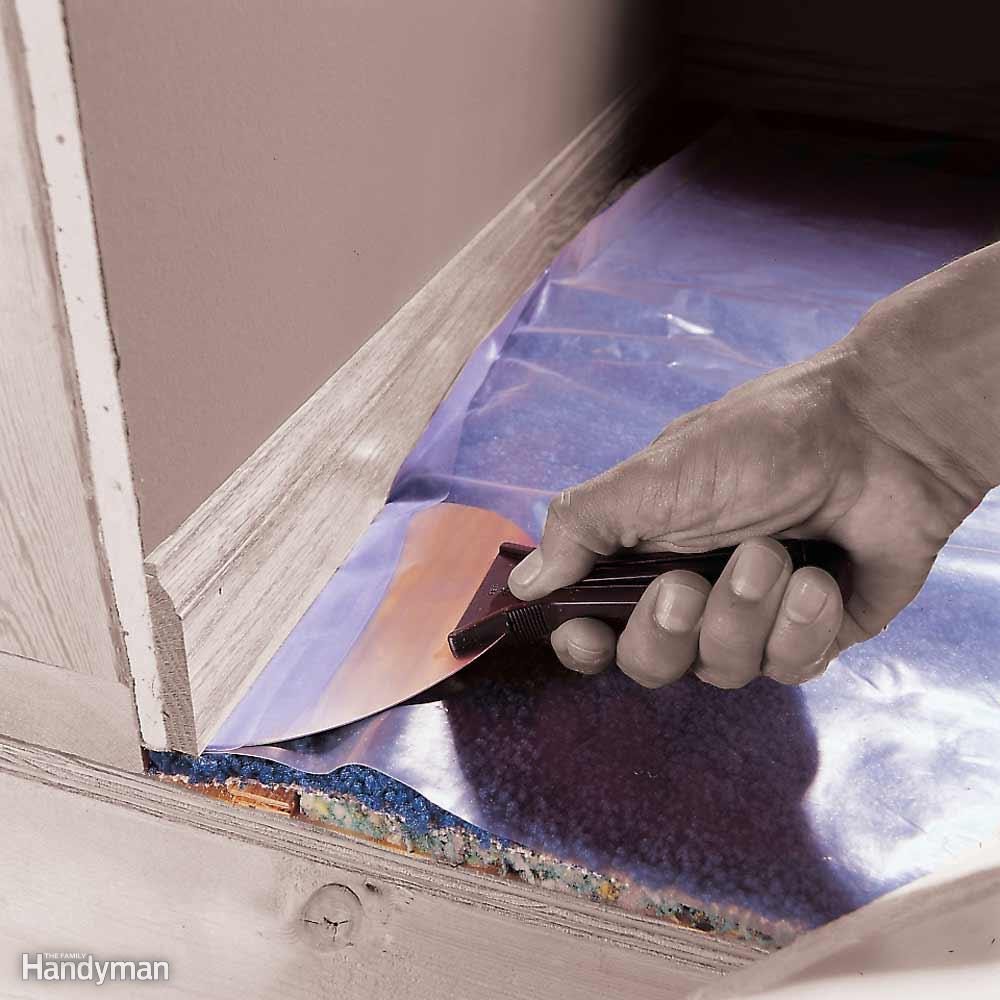
Protect Your Carpet
When you're staining or painting baseboards or walls, protect your carpet by tucking a plastic sheet under the baseboard with a putty or taping knife. After the paint dries, push down on the plastic to break the seal between it and the baseboard.

Caulk Cracks at Inside Corners
Hairline cracks at inside corners usually signal slight movement between adjoining walls. Choose any type of latex caulk and cut the tip just short enough to leave a 1/8-in. hole in the end. Squeeze a narrow line of caulk directly over the crack. Then mold the wet caulk into the corner with a moistened finger. The caulk will remain flexible and keep the crack from reappearing. Avoid thick layers of caulk, which may look too rounded in a square corner.



















